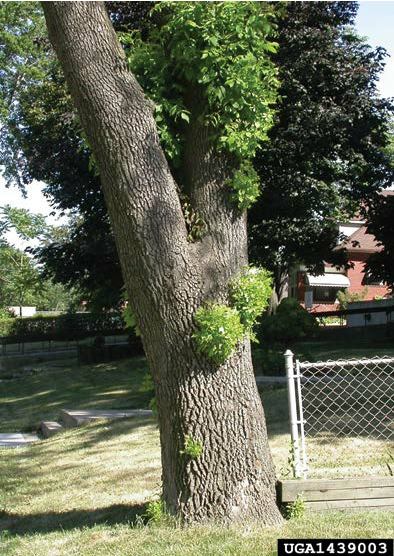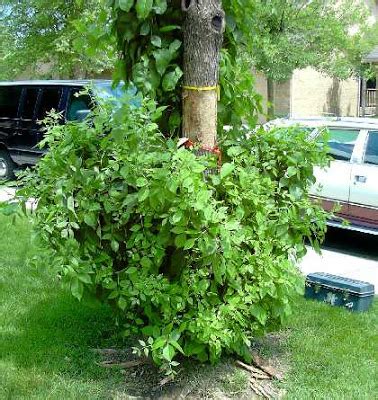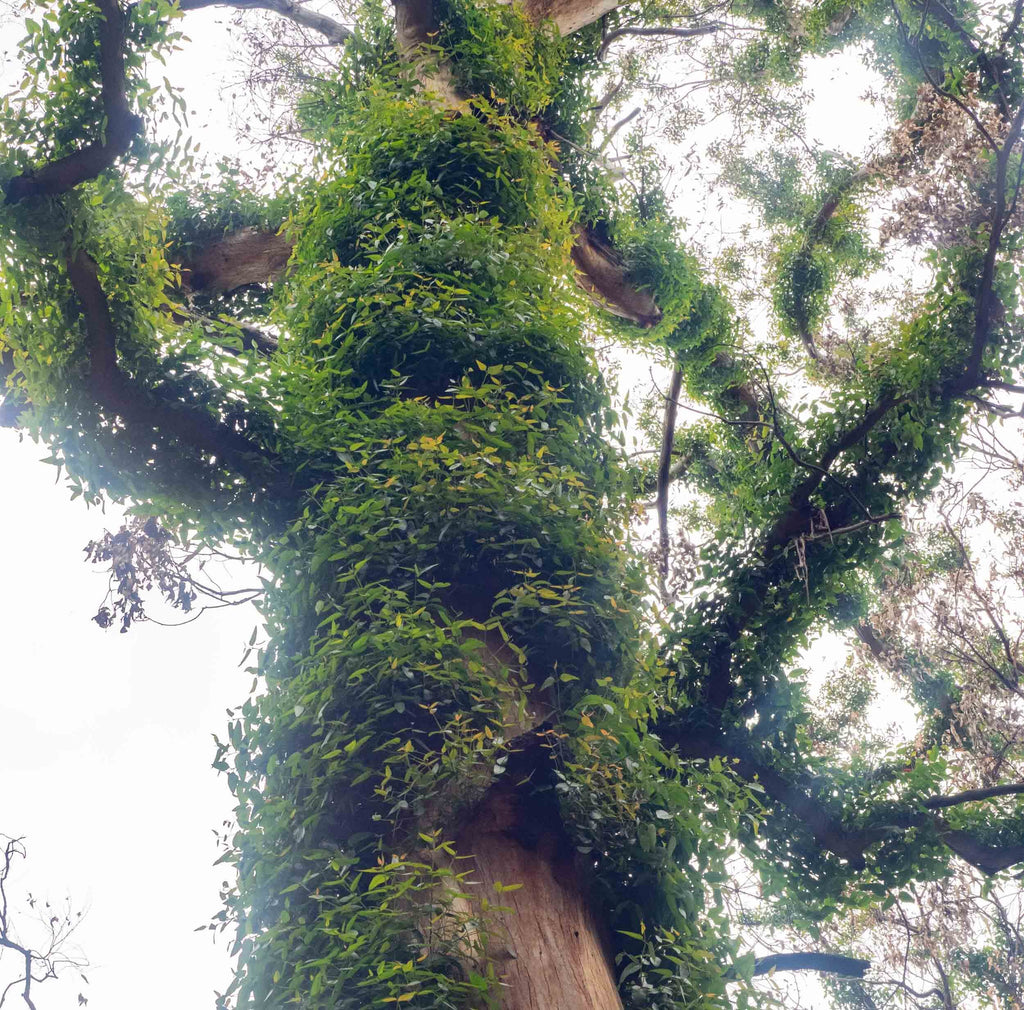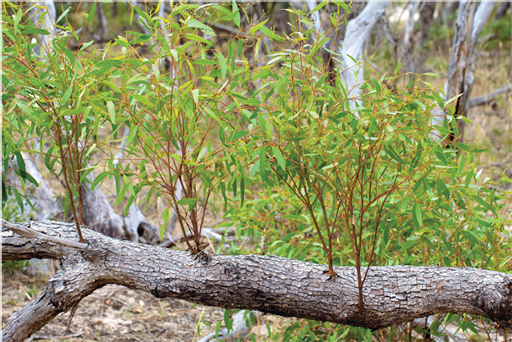
Trees can be daunting for gardeners—maintaining trees, pruning them, and keeping our trees healthy seems like a big job because it is! However as home gardeners and landscapers understanding our trees and how to support their health can save us both time and money while preserving some of the most beautiful features of our spaces. At this time of the year, there’s a common and visible issue appearing on many trees—epicormic sprouts. Popularly known as tree suckers and occasionally knows as epicormic buds or epicormic shoots, these growths change the look of our trees and can raise concerns about their health and well-being. But what are epicormic sprouts, really? And what do tree suckers mean for the health of our trees? Let’s dig in and find out!
A safety note: if your tree has sustained significant damage, has dead limbs or partially detached limbs, or other potentially dangerous features, please contact a certified arborist and let them assess the situation. Falling limbs and trees can cause serious injury to people and property so safety first!

Defining and Identifying Epicormic Sprouts
First off let’s start by exploring what an epicormic sprout is, and how you can spot them on your own trees.
Epicormic sprouts come from epicormic buds, which are buds of new growth that typically lie dormant beneath the bark of the tree. They serve as a back-up system for the tree in the even of damage—if the tree loses too many active shoots or takes some other kind of damage or stress, the epicormic buds become epicormic shoots. These shoots grow out of the bark of the tree and become new growth that includes leaves to help the tree survive and recover. You may have seen epicormic buds and shoots in action after a storm rolls through or in spring after snow and ice have done some damage to established trees.
From a distance, epicormic shoots can make a tree look like it’s covered in a thick green fuzz. Up close, it becomes a little more apparent that these are new shoots and new leaf growth. A quick examination of your tree and a comparison with some of the photos we’ve included and linked to here should tell you what’s going on.

What to Do About Epicormic Sprouts
There are a number of potential causes of epicormic sprouts, many of which depend on the individual species in question.
It’s important to remember that epicormic sprouts or “suckers” are often a tree’s response to stress or damage. This may be physical damage, but it may also be caused by disease, pests, or drought. Take a moment and assess the situation—are there signs of infestation? Does the tree get enough water and nutrition? Are there any signs of disease? This is another place where it may help to consult an expert from your garden club, local extension office, or a certified arborist. Once you know the root cause of the epicormic sprouting, you’ll be better able to treat it and hopefully solve the problem for good.

Contrary to popular myth, epicormic sprouts are part of the tree, not a parasitic growth or outside organism. They’re appearing for a reason that is important to the health of the tree—but can you remove them? The short answer is “yes”, but with caveats. Pruning epicormic sprouts should be done during the tree’s dormant period in order to minimize the impact on the health of the tree—remember, epicormic sprouting is a stress response, so don’t add to the tree’s stress. The sprouts should be pruned selectively, removing only those that cause aesthetic or structural problems for the tree or surrounding trees and structures. It may be best to remove the epicormic sprouts gradually over the course of several seasons, rather than all at once—again, remember that this tree has been under stress! And as always, use good pruning technique and clean, well-maintained tools in order to protect the health of your tree.

Epicormic Sprouts Are Natural
Epicormic sprouts are part of a tree’s life cycle and its immune systems. Treat epicormic sprouts as what they are—an indicator that your tree may need extra care and support and a feature that needs to be managed carefully. With a little know-how and an abundance of caution you can use epicormic sprouting as an opportunity to better care for and manage the beautiful trees on your property.

I have feathery green sprouts bursting from the limbs of my pistache tree that when touched easily break off and elite powdery green particles. What is that? Is it a parasite?
Leave a comment